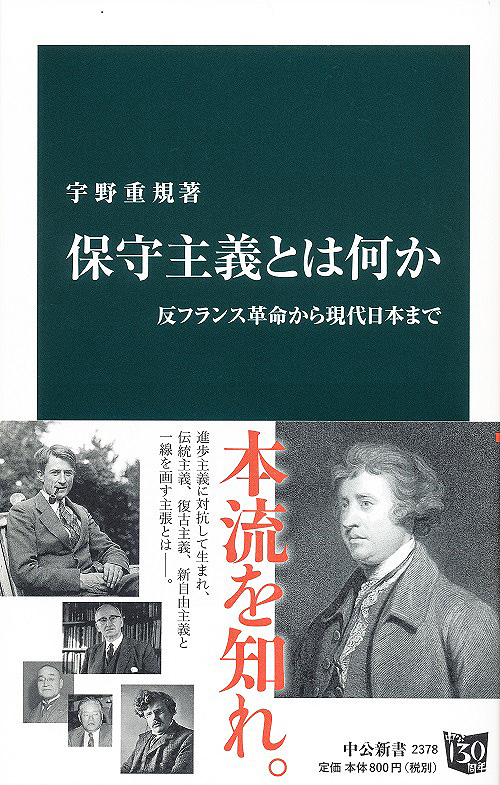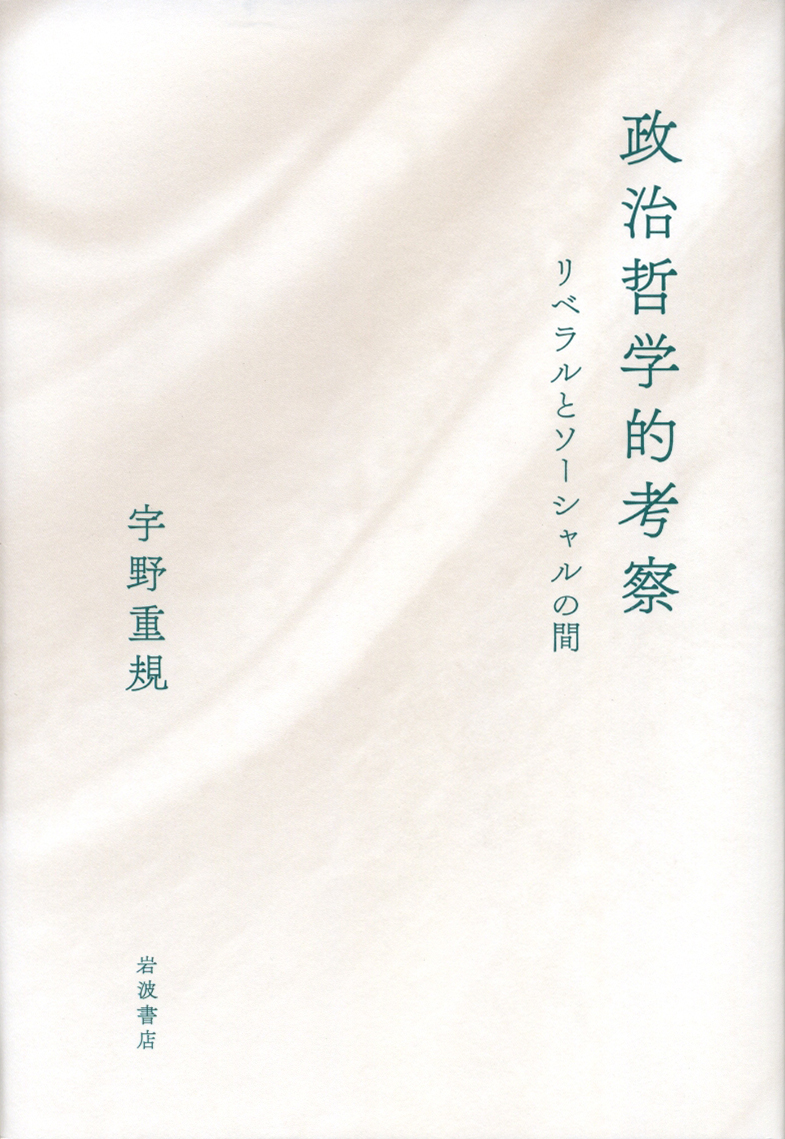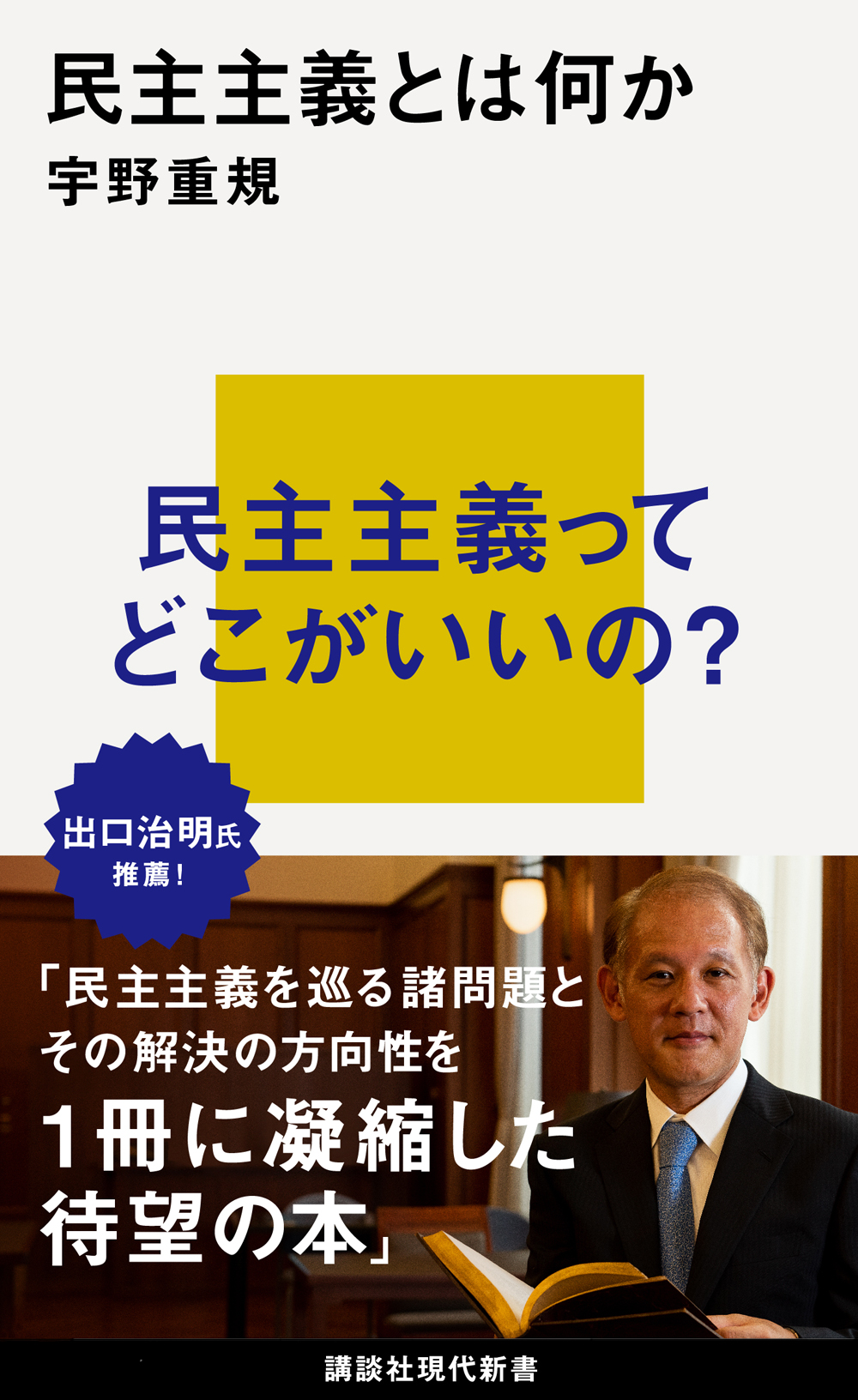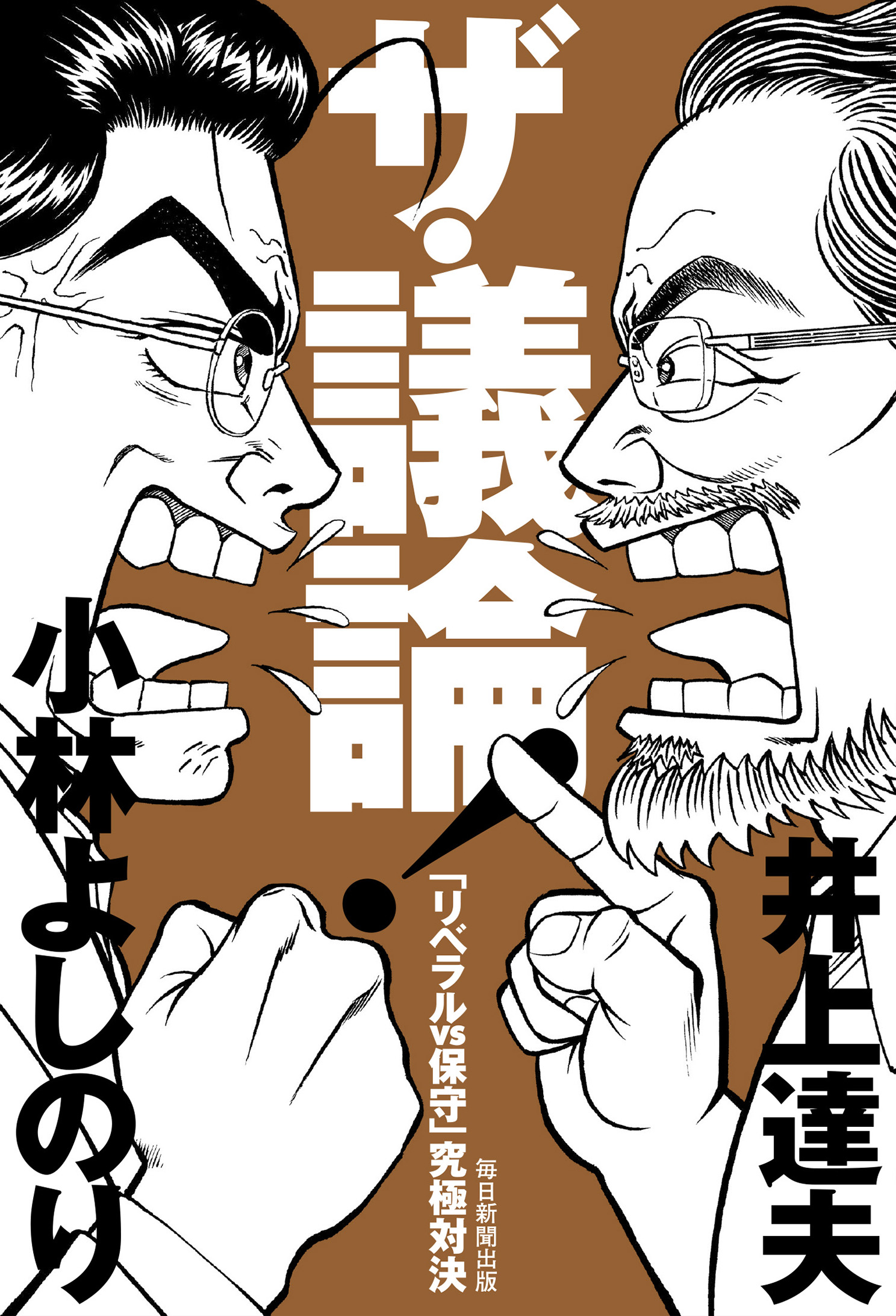
Title
Chūkō Sensho Nihon-no Hoshu to Liberal (Conservatism and Liberalism in Japan - Reestablishing the Coordinates of Thought)
Size
288 pages, 127x188mm
Language
Japanese
Released
January 10, 2023
ISBN
978-4-12-110132-7
Published by
CHUOKORON-SHINSHA INC.
Book Info
See Book Availability at Library
Japanese Page
The goal of this book is to examine “conservative” and “liberal” politics and thought in modern as well as contemporary Japan. But, to begin with, what does it mean to be “conservative” or “liberal”? Is there any value to analyzing Japanese thought from the perspective of “conservatism” and “liberalism”? These are questions that should naturally arise.
Actually, “conservative” and “liberal” are not necessarily opposite concepts. The opposite of “conservative” is “innovative” or “progressive,” while the opposite of “liberal” is “authoritarian” or “intolerant.” The two concepts represent different dimensions and are not necessarily mutually exclusive. Nevertheless, the fact that the two continue to be discussed as a set—i.e., as two extremes of the same continuum—is probably due to the influence of the United States. In the U.S., based on a basic consensus on liberalism, the label “conservative” is applied to liberalism that preaches small government while the label “liberal” is applied to liberalism that emphasizes a more active role for the government. In post-war Japan, the terms “conservative” and “progressive” were used for a long time as a pair, and it was only in the 1990s, after the end of the Cold War, that the terms “conservative” and “liberal” came to be used.
However, this book deliberately uses this view to explore the history of Japan in the modern and contemporary eras. This is to enable us to conduct a thought experiment. To jump to the conclusion, it was difficult for “conservativism,” in the sense that the term has been used since being defined by Edmund Burke, to take root in modern Japan, whose political system experienced two major discontinuities, once during the Meiji Restoration and once after the country’s defeat in World War II. Nevertheless, this book calls the lineage from Hirobumi Ito to Mutsu Munemitsu, Hara Takashi, Saionji Kinmochi, and Makino Nobuaki “Japanese conservatism,” which it argues was the force that attempted to carry out the orderly and gradual reform of the current system while upholding conservatism (conversely, it emphasizes the strangeness of the “conservative” party in postwar Japan advocating constitutional reform).
In contrast, the “liberal” movement failed to establish itself as a political force, despite the existence of preeminent “liberalists” such as Yukichi Fukuzawa, Tanzan Ishibashi, and Kiyoshi Kiyosawa. Certainly, they continued to advocate political, economic, and spiritual freedom, criticizing the “excessive emphasis on authority” in Japanese society and defending the pluralism of society. Nevertheless, they were like a ridge line, and no broad-based “liberal” political party or social movement has been established yet.
In this sense, it can be said that the book explains why “conservatism” and “liberalism,” in their original sense, were not able to establish themselves in modern Japan. That said, the book does not seek to conceptualize Western political thought and then criticize its absence in Japan. Rather, my hope is to provide a possible vision for Japanese politics by presenting an alternative way to interpret modern Japanese political thought.
(Written by UNO Shigeki, Professor, Institute of Social Science / 2024)



 Find a book
Find a book







